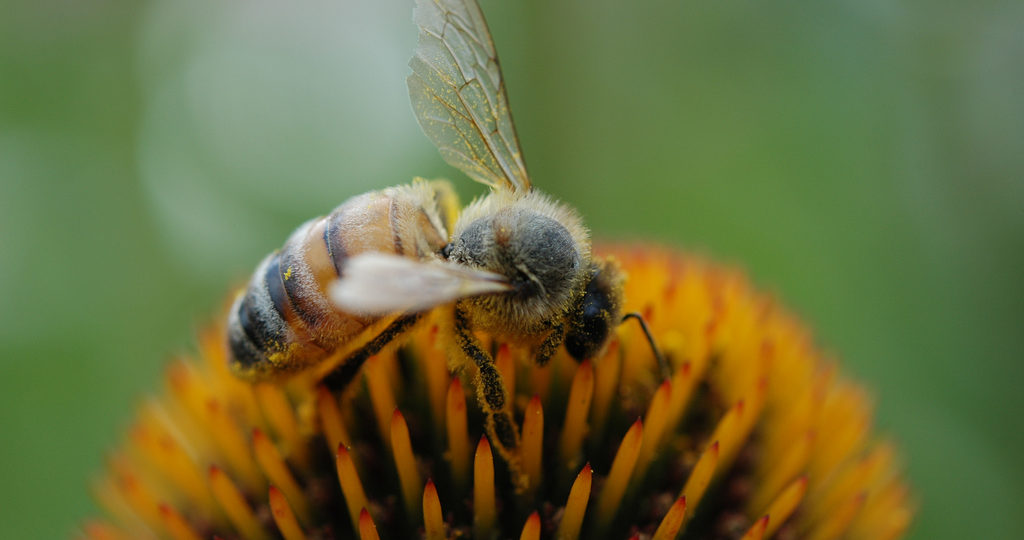Open Source Honey Bees
by Dylan

Genetically modified (GMO) bees could be the long sought answer to the honey bee health crisis, but should they be? With bee populations struggling all across the globe due to a multitude of factors, there is a large demand for potential solutions. Some are looking at genetically modified bees as a viable option. One of the biggest problems for bees is their susceptibility to pesticides and insecticides that are used on crops that they pollinate. However, a GMO bee could be designed to resist the harmful chemicals and would be able to survive in conditions that today’s bees cannot.
There are currently two scientists that are actively working with GMO bees. Both are utilizing a technique called Crispr. Crispr is a precise and relatively easy way to alter the genetic code of organisms. This method, combined with the new knowledge of the bee genome, has provided scientists with a “build a bee” blueprint. The scientists can pick and choose which parts of the bee to alter and in which ways. This would allow scientists to create bees that are resistant to toxic pesticides and herbicides, as well as help bees resist other problems such as parasites or climate change.
The Challenge of GMO Bees
Many beekeepers see a GMO super-bee as a direct threat to the native and unique honey bee populations. They fear that the super-bee will vastly outperform the native bees and dominate the gene pool, pushing the native bees out of the picture. A past example of this is the Africanized honey bee. An experiment to cross the African and European strains of honey bees resulted in the leak of the new bee. The aggressive new cross species of bee expanded and dominated the gene pool, spreading throughout South America and even into the United States. It is worth mentioning that a GMO bee is a much more precisely created organism than a cross breed bee, however the potential for the new bee to dominate and out compete native bees still remains. Another concern presented by a GMO bee is the potential for a new allergy risks.
What’s Next?
A very apparent, but harder, solution is to change the environment around the bee instead of trying to change the bee to match the environment. Legislation to reduce the use of extremely harmful pesticides is present in Europe. Now it’s beginning to make its way into the United States. Maryland recently rolled out new laws that banned to retail sale of some pesticides. Furthering this agenda to help improve the conditions that the bees live in is much more desirable solution to beekeepers than creating “franken-bees” in a lab.
The easy solution of GMO bees is becoming more readily available to large AgChem companies. Beekeepers are concerned about a situation similar to the agriculture industry. The AgChem giants produce pesticides and herbicides to sell to farmers, and then sell the farmers patented seeds that are the most resistant to the harmful chemicals. These farmers are locked into legal contracts and cannot cross breed or alter the seeds in any way, creating a complete dependence on the AgChem companies for seeds. Beekeepers are fearful that AgChem companies will design and patent bees that can resist their toxic pesticides and herbicides, causing beekeepers to become dependent on them to be successful.
To help combat the potential of AgChem companies dominating the beekeeping domain a beekeeping organization, Apimondia, has filed for open source licenses for honeybees. This means that anyone, from a professional beekeeper to an amateur hive owner, can use and modify any and all information about the honey bees gene. There will also be open trade of eggs and other genetic material, to help maintain the genetic diversity of the bees.
Dylan Garcie is a third year Environmental Science undergraduate at Northeastern University. He also serves as a co-op with our affiliate, the Best Bees Company, where he will spend the next several months working as a full-time beekeeper.